This vast country is undoubtedly one of the most culturally and geographically diverse places on earth. Fondly known by locals as the 'Rainbow Nation', South Africa has 11 official languages and its multicultural inhabitants are influenced by a fascinating mix of African, Asian and European cultures. Spend your days: discovering the gourmet restaurants, impressive art and nightlife scenes and fine beaches of Cape Town; enjoying a typical local braai (barbecue) in the Soweto township; browsing the bustling Indian markets in Durban; or sampling some of the world’s finest wines at the myriad wine estates dotted around the picturesque Cape Winelands. Due to its rich and turbulent history there are plenty of historical attractions to explore including the Zululand battlefields of KwaZulu-Natal, the Apartheid Museum in Johannesburg and Robben Island, just off the coast of Cape Town. Above all else, South Africa’s attraction lies in its remarkably untamed wilderness with its astonishing range of wildlife roaming freely across massive unfenced game reserves such as the world famous Kruger National Park. With all of this variety on offer, it is little wonder that South Africa has fast become Africa’s most popular tourist destination.
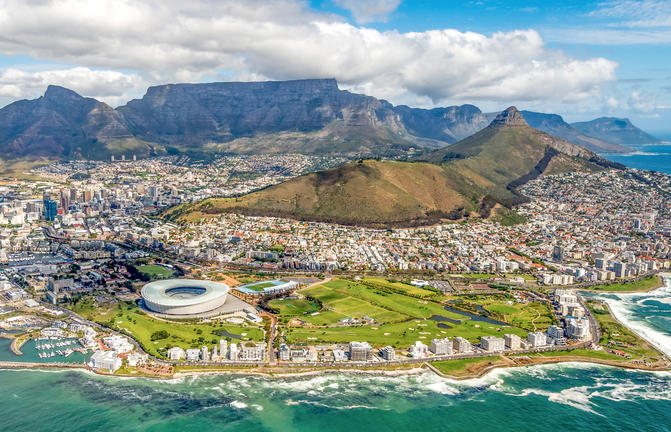
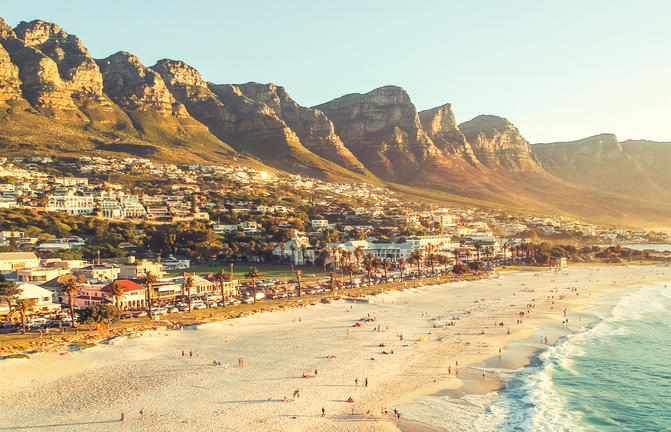
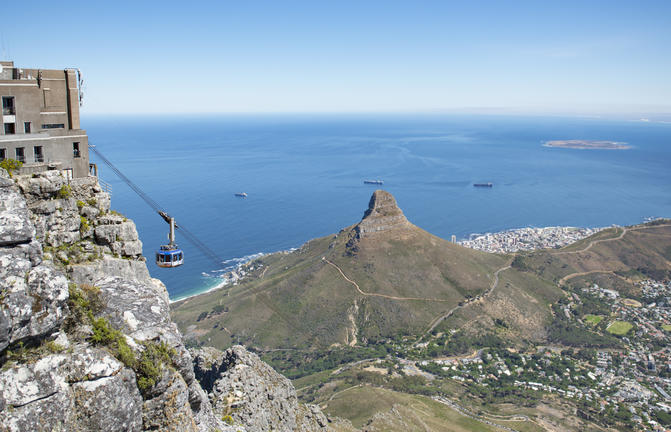
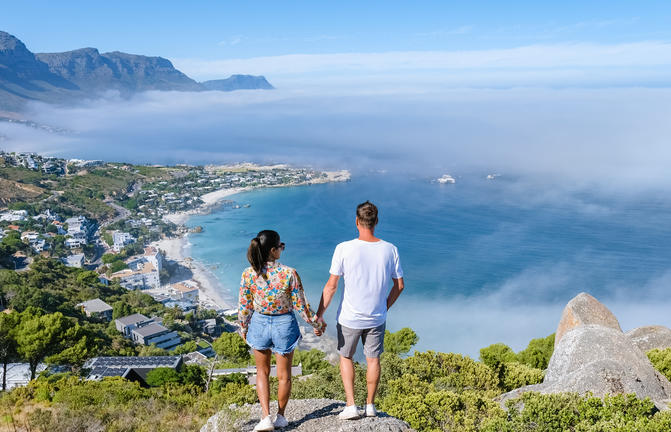
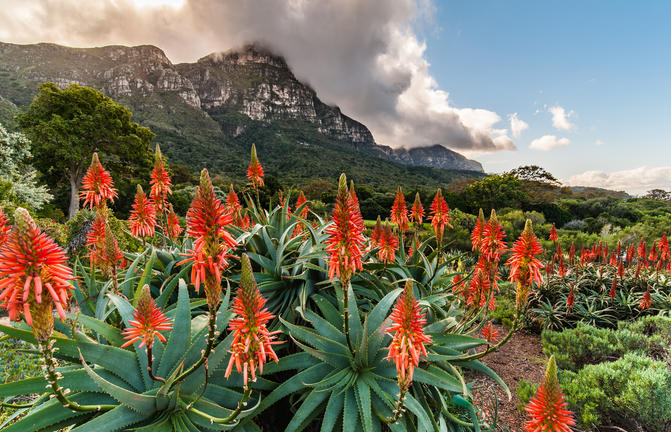
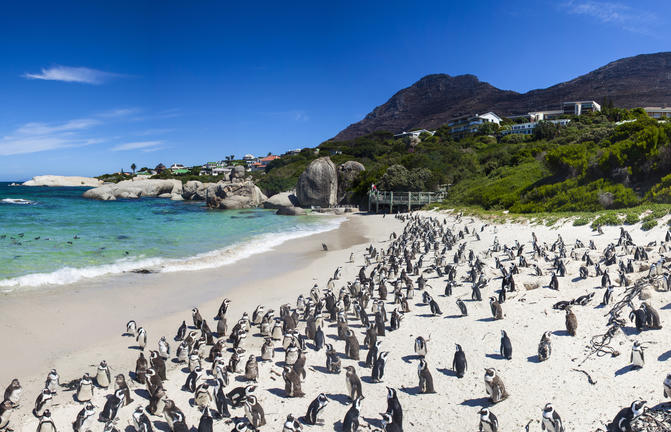
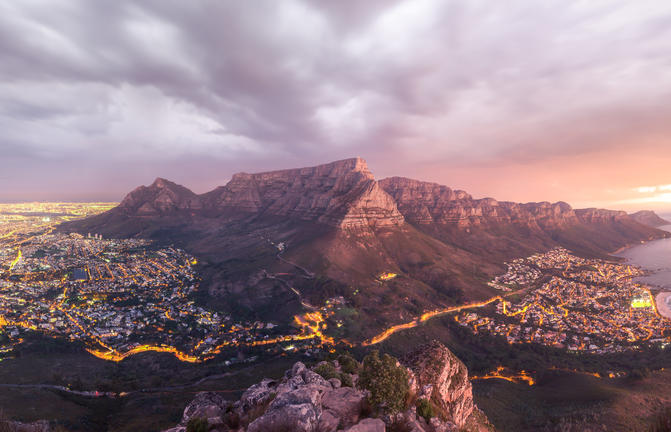
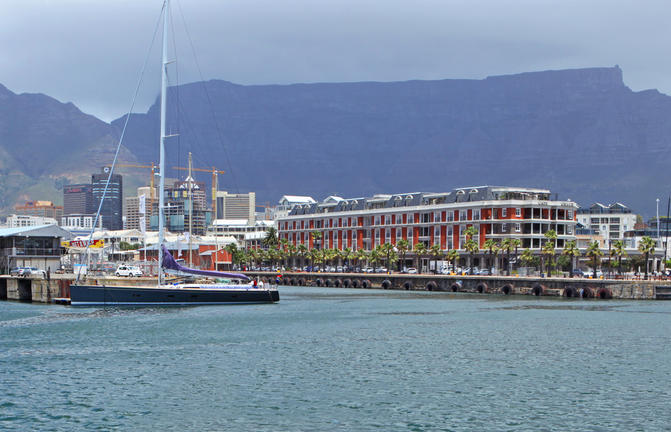
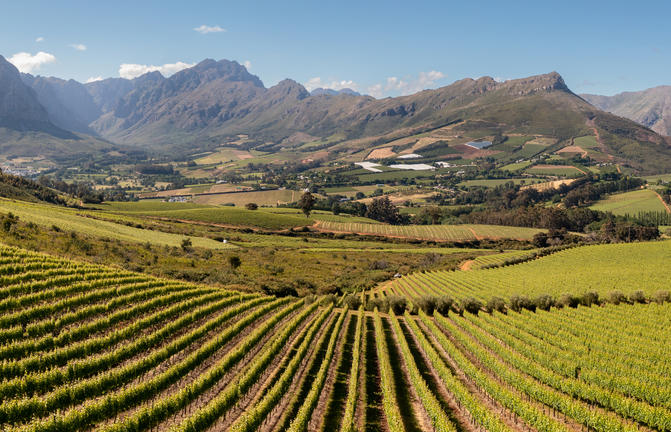

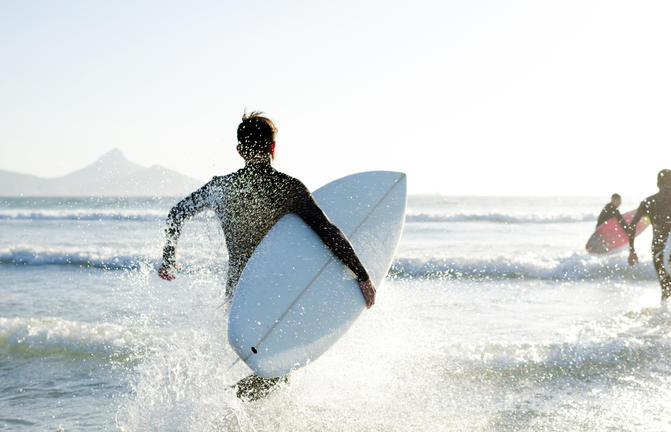
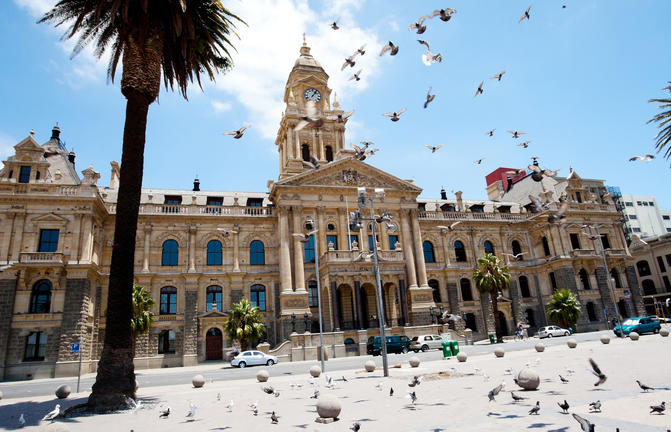
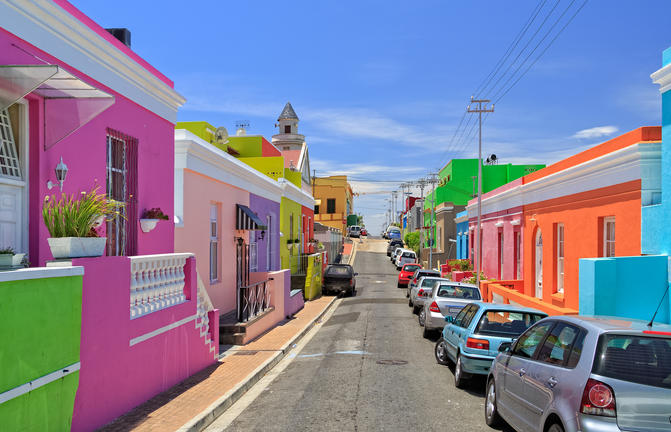
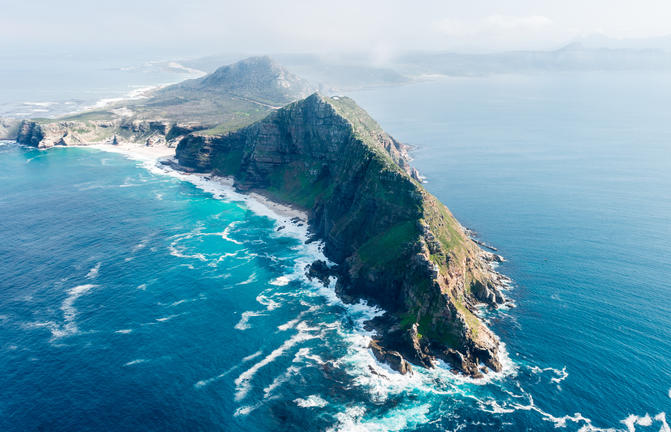
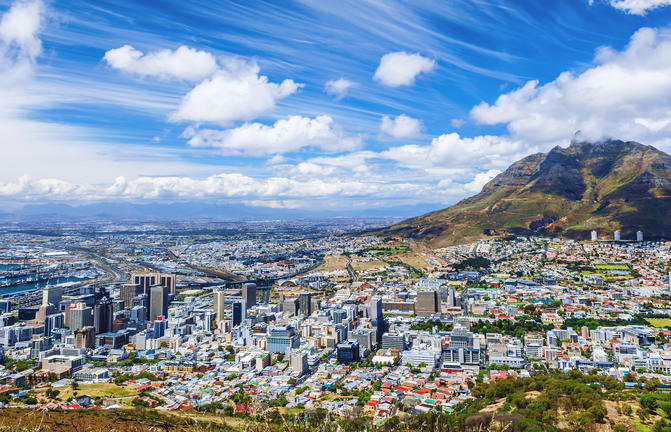
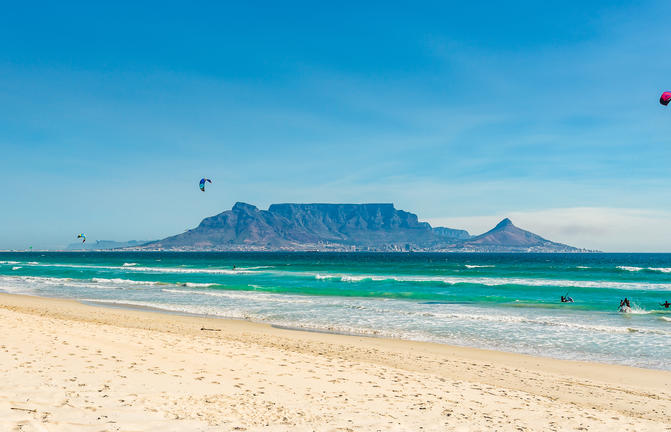
Resting at the confluence of the Indian and Atlantic Ocean, sandwiched between the slopes of the iconic Table Mountain and the glistening sapphire waters of Table Bay, the exceptionally scenic city of Cape Town is in a class of its own. Some cities boast rich culture, vibrant nightlife, a cosmopolitan atmosphere and extraordinary architecture, while others boast breathtaking landscapes and extraordinary natural wonders. Cape Town, is lucky enough to be blessed with all of these attractions and so much more. With its bustling harbour, world-class beaches, top-notch vineyards, and its mountainous surroundings brimming with diverse flora and fauna, Cape Town consistently captivates the hearts of all who visit.
Situated in the southern reaches of Africa, Botswana is renowned for its pristine wilderness areas characterised by deep lagoons, wetlands, lush palms, rugged hills and desert plains. The country’s primary tourist drawcard is undoubtedly the vast red expanse of the Kalahari Desert and its remarkably beautiful Okavango Delta, the largest inland delta in the world. These natural wonders provide a tranquil haven for an abundance of African wildlife to thrive. Other highlights include the impressive Makgadikgadi Salt Pans, where visitors are privy to massive zebra migrations during the flood season; the Savuti plains, which host a significant pride of lions; and the Tsodilo Hills, where 4500 rock paintings form a unique record of human settlement over many millennia.
Set in the enthralling Okavango Delta, the Duba Plains Private Reserve is one of the best places to start your exploration of the wild areas of Botswana. The landscape is characterised by vast plains dotted with fig, ebony, and garcinia trees and traversed by a network of pristine waterways. Visitors can look forward to leisurely boating excursions along the tranquil rivers of the Delta, thrilling game drives, and mystical night drives in the African bush to spot a wealth of nocturnal wildlife. Commonly spotted species include hippo, blue wildebeest, hyena, giraffe, elephant, lechwe, buffalo, tsessebe, and warthog. Visitors can spot up to 200 species of bird, take horse riding safaris through the untouched grasslands, and enjoy a glass of wine under the African night sky.
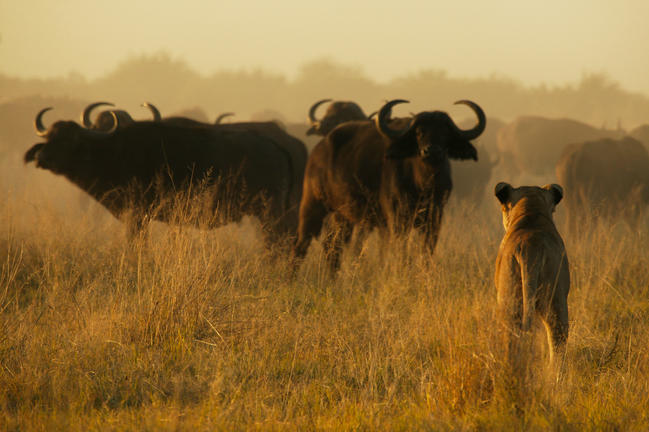
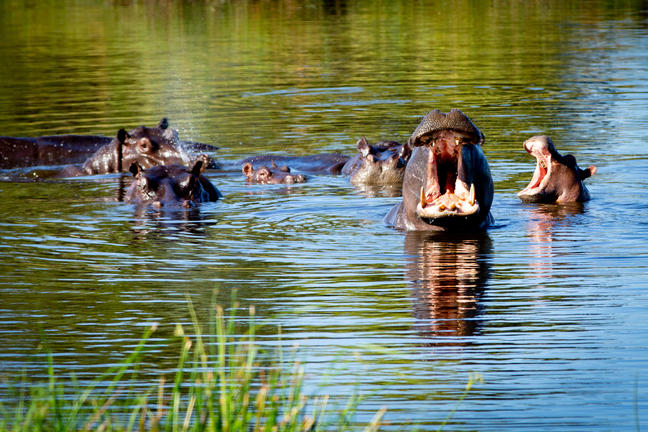
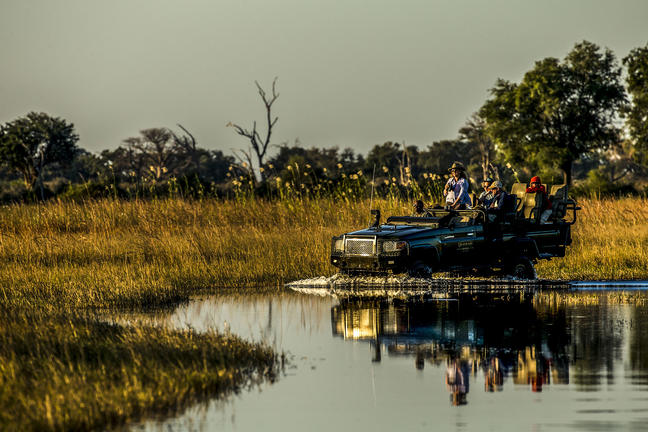
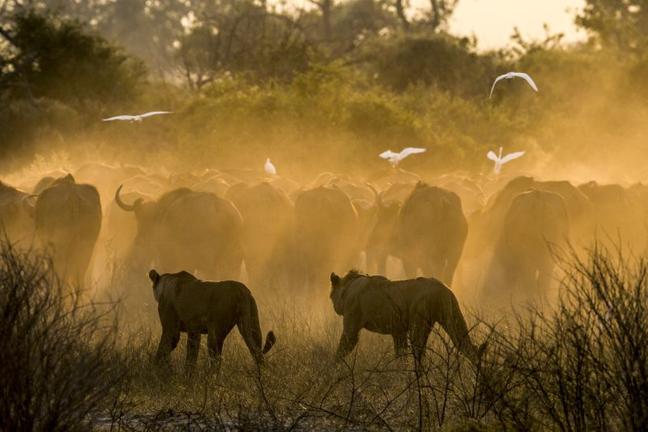
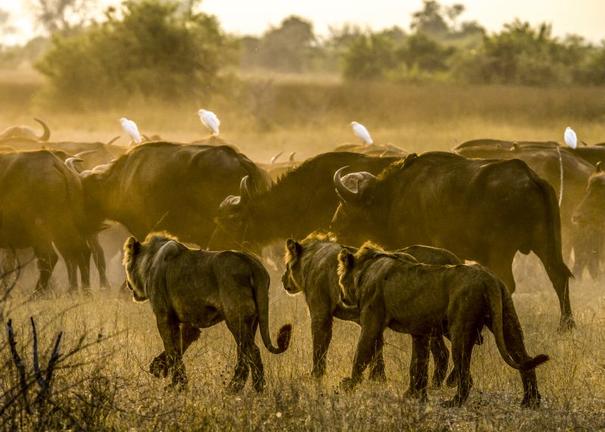
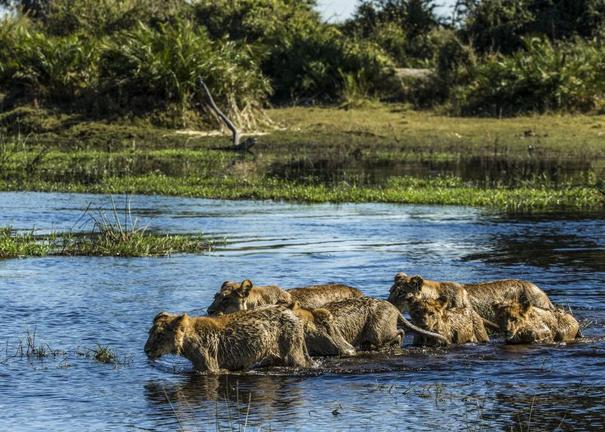
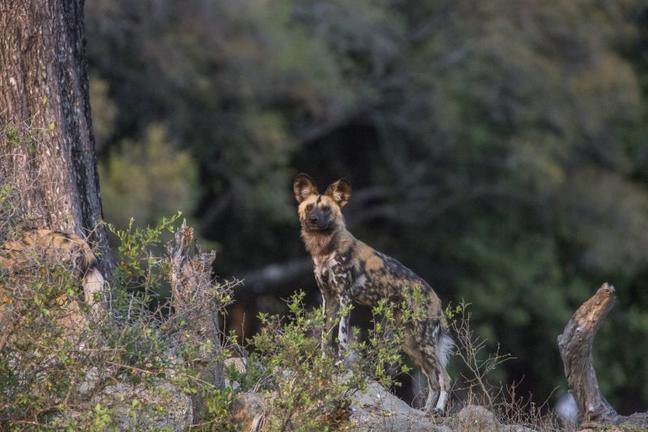
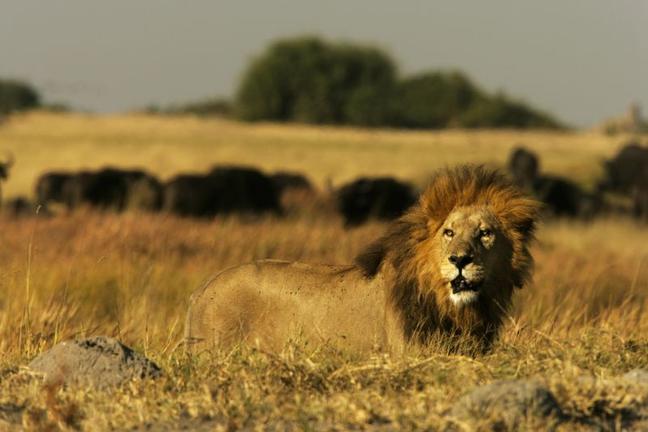
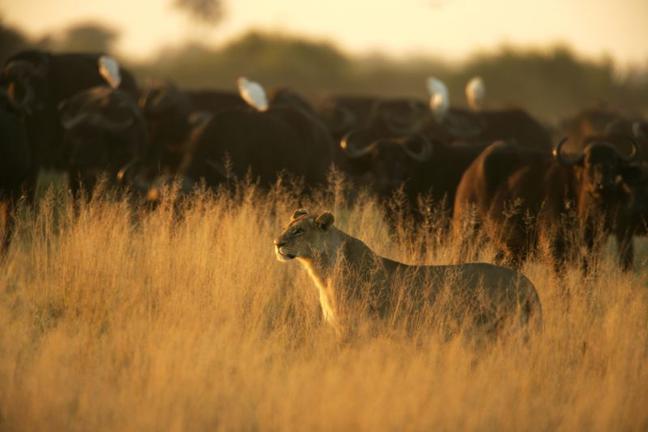
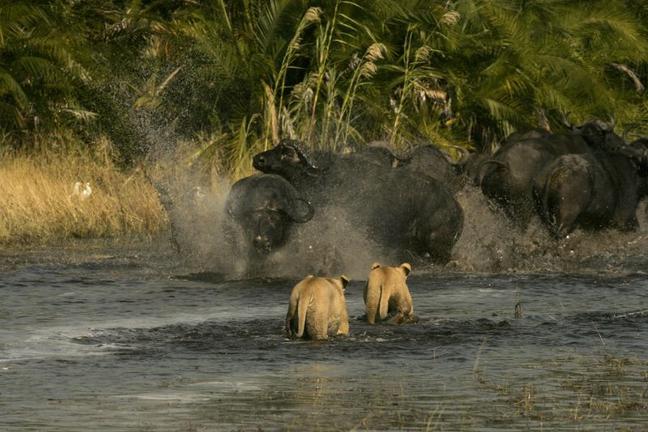
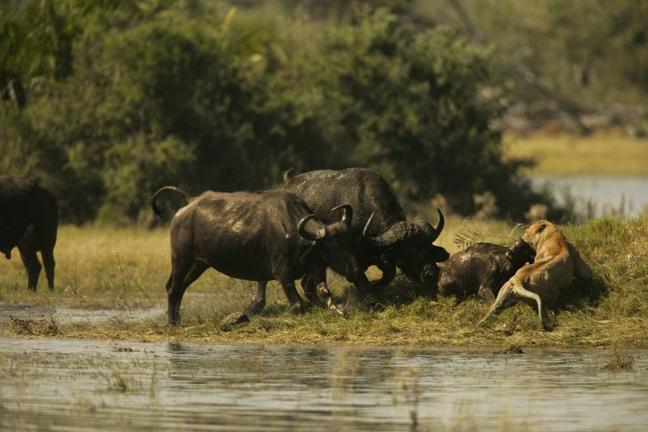
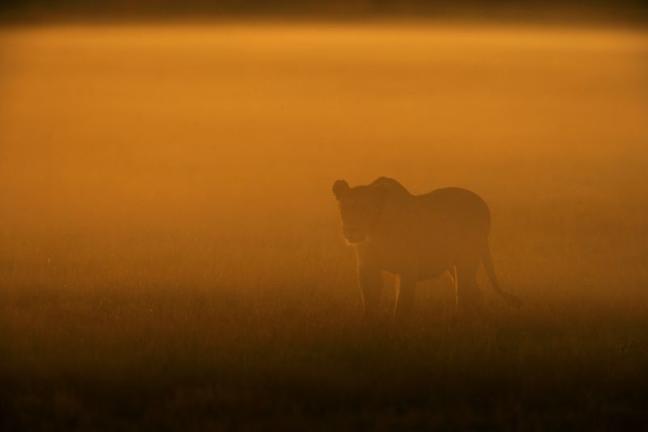
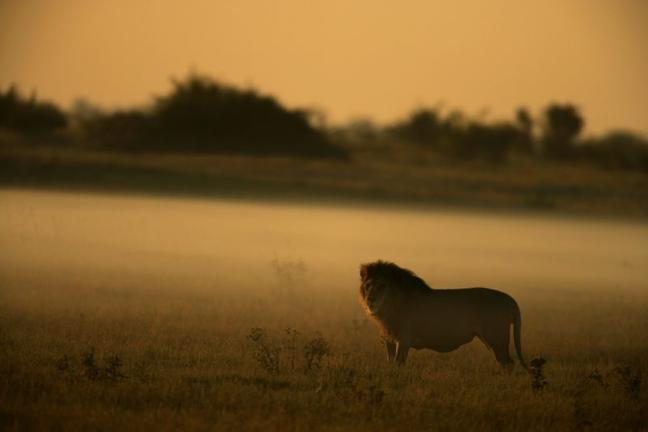
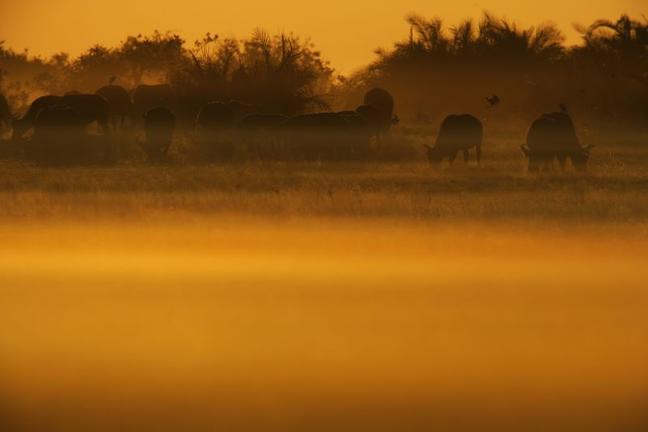
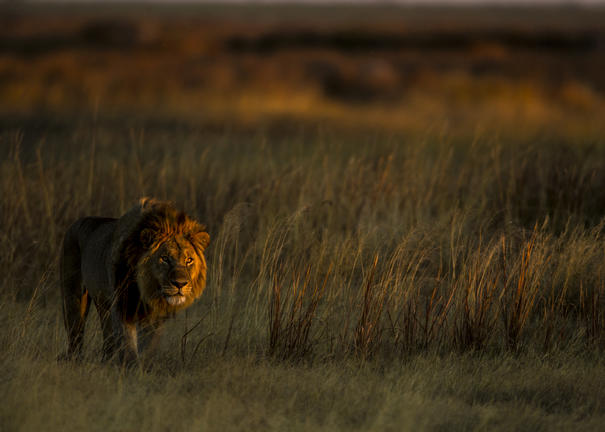
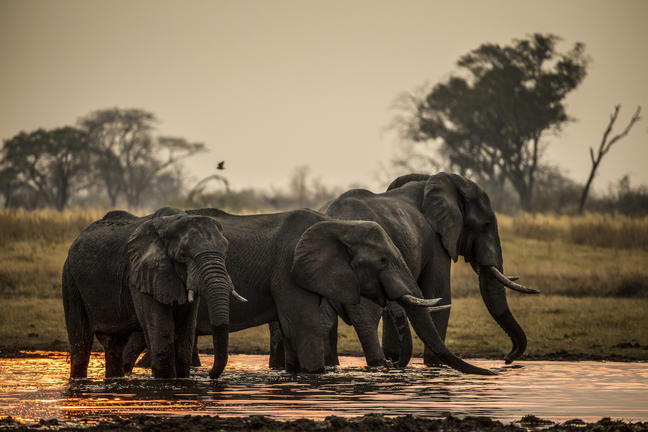
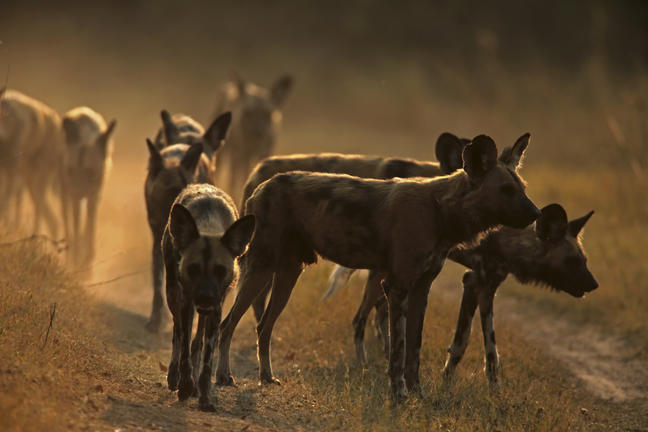
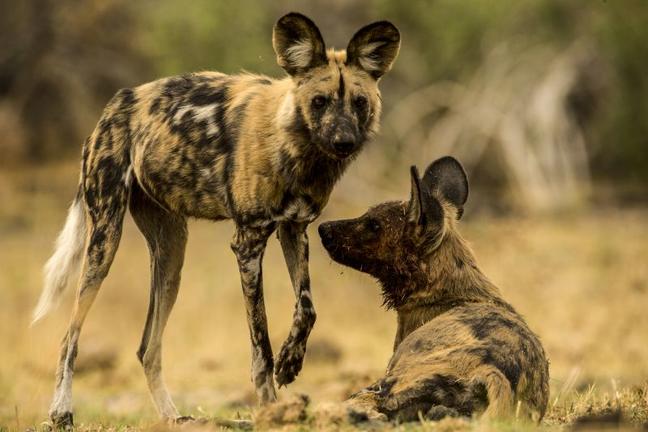
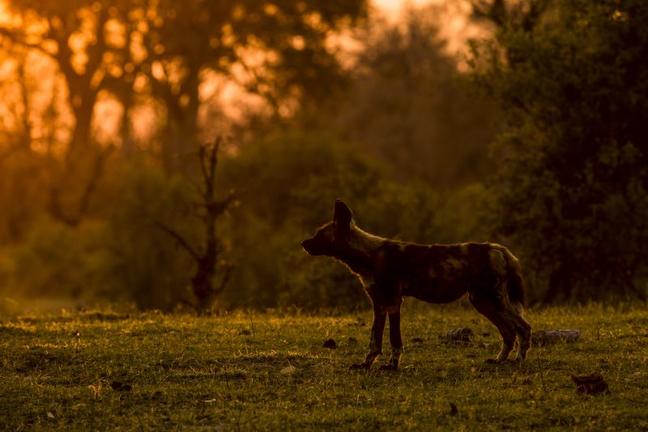
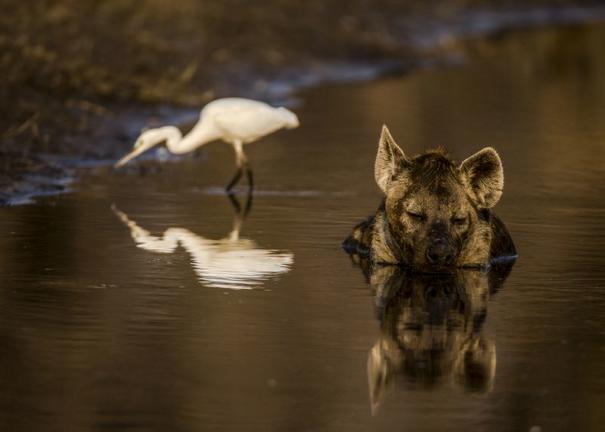
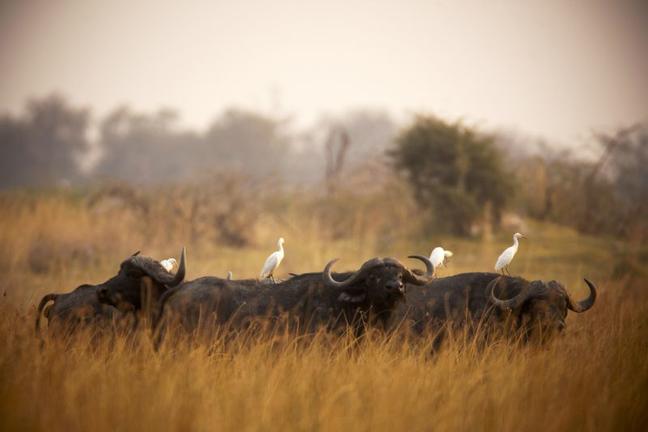
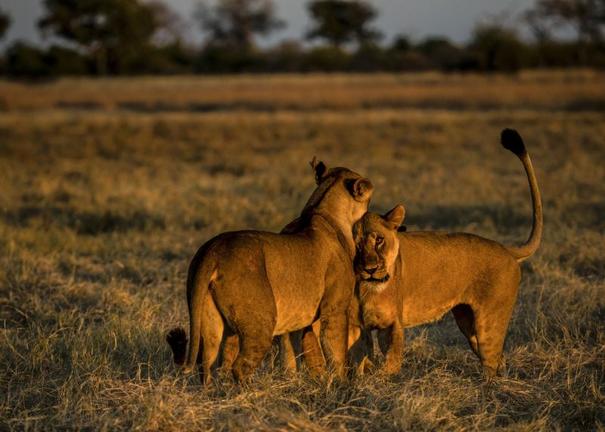
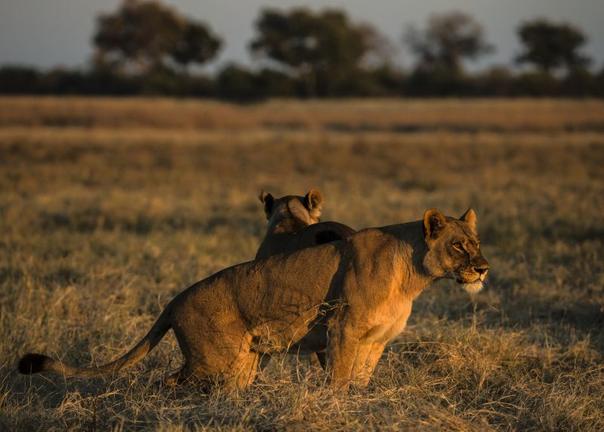
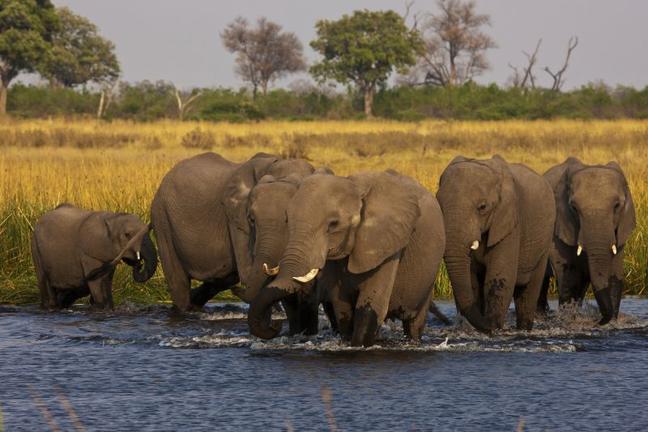
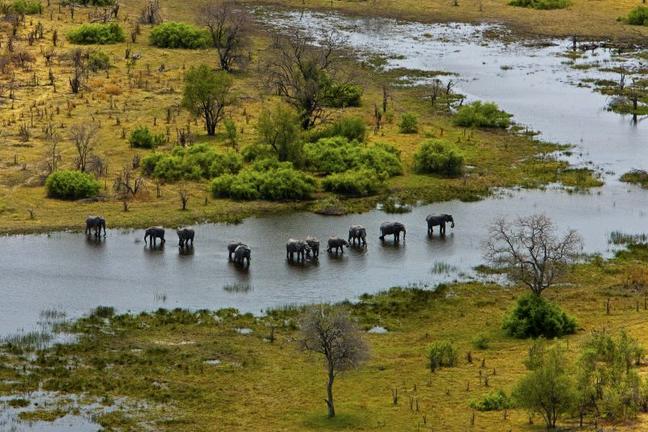
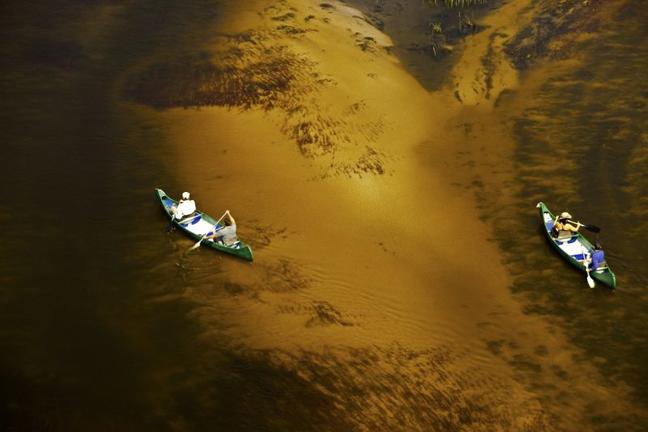
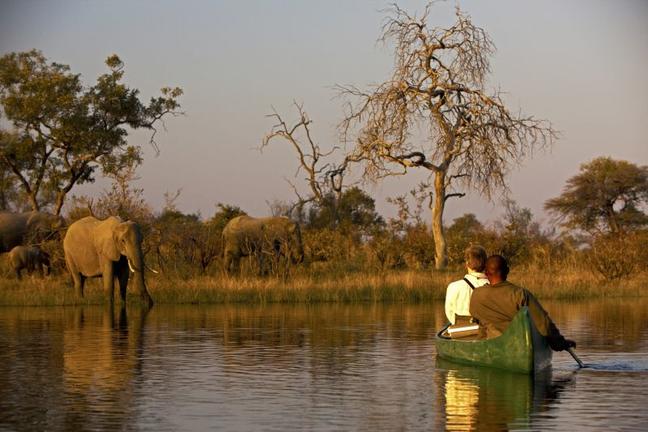
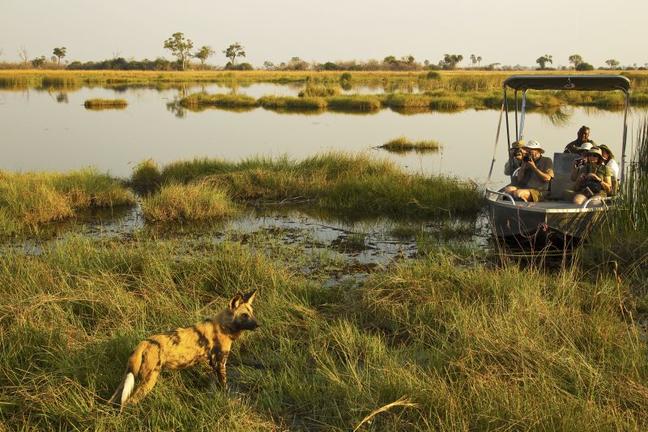
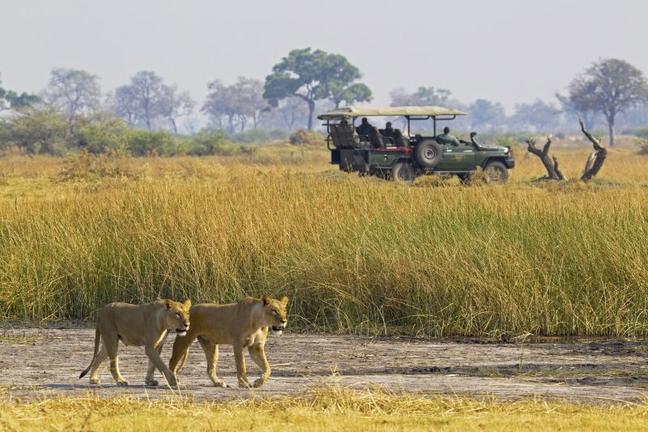
Situated in northern Botswana, the Selinda Reserve is a 130 000 hectare private wildlife reserve. Sandwiched between the beautiful Savute Channel, the awe-inspiring Chobe National Park, and the sensational Okavango Delta, this sanctuary is well off the beaten track and offers visitors an exclusive wildlife viewing experience. The varied landscape hosts a wide variety of species in diverse habitats, including rare roan and sable antelopes, endangered African wild dogs, lions, cheetah, buffalo, giraffe, zebra, and large elephant herds, as well as numerous bird species (including the mighty African Fish Eagle). Take a night drive to see nocturnal species at their best. Visitors can look forward to wonderful canoe safaris, guided bush walks, and 4X4 game drives.
A nation of spectacular natural beauty, friendly people and rich culture, Zimbabwe’s status as one of Africa’s leading safari destinations was dampened for years by its political instability. But now that the country is transcending its strife and returning to a state of equilibrium, it is once again emerging as a vacation highlight of the continent. Victoria Falls – known to locals as ‘The Smoke That Thunders’ – is one of the seven natural wonders of the world and the sheer power of this massive body of water plunging into the Zambezi Gorge is awe-inspiring and unforgettable. Lake Kariba, with its game-rich shores and islands, is an idyllic safari spot featuring mind-blowing sunsets; Hwange National Park is known for its huge herds of elephants; and a kayak trip down the Zambezi through the Mana Pools National Park will appeal to the intrepid traveller, providing close encounters with crocodiles, hippos and a host of other wildlife.
“Mosi-oa-Tunya,” the smoke that thunders, is more commonly known as Victoria Falls. Located almost exactly halfway along the Zambezi River’s 2 700 km journey to the Indian Ocean, it is a World Heritage Site and one of the seven natural Wonders of the World.
The Falls of the Zambezi River are among the worlds largest, spanning more than a mile (nearly 2 km) and dropping 355 feet (108 metres) – twice as wide and twice as deep as Niagara Falls. The constant pounding by the currents of the Zambezi has over millennia, cut through the rock faults and fissures of its ancient bed, and carved eight successive precipices, to form one of the greatest spectacles on earth.
The Zambezi is Africa’s fourth-largest river, winding from Angola through Zambia to Victoria Falls, from where it travels east forming the border between Zambia and Zimbabwe, filling Lake Kariba, before crossing over Mozambique and finally emptying into the Indian Ocean.
The bustling town of Victoria Falls is a springboard to all of the activities the area has to offer. For the adrenaline junkies there’s white water rafting, bungee jumping and croc cage diving. Or you can soak up the serenity of the Zambezi on a canoeing trip, or sunset cruise.
For centuries the river has attracted explorers and today is no different. Modern day adventurers include game-viewers, bird-watchers, thrill-seekers and fishermen, who come to explore the Zambezi by vehicle, on foot, or even by canoe – with significantly more comfort than that experienced by Dr David Livingstone all those years ago. Above the Falls, the south bank is a pristine wilderness protected by the Zambezi National Park – forested sandveld combines with the floodplain near the river to provide a special variety of habitat, scenery and wildlife for the modern explorer.



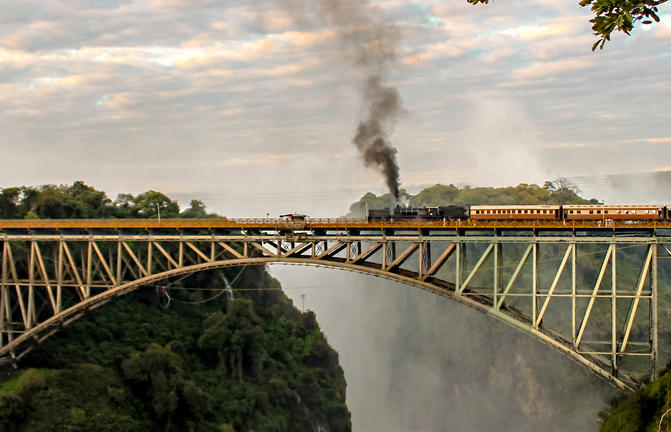
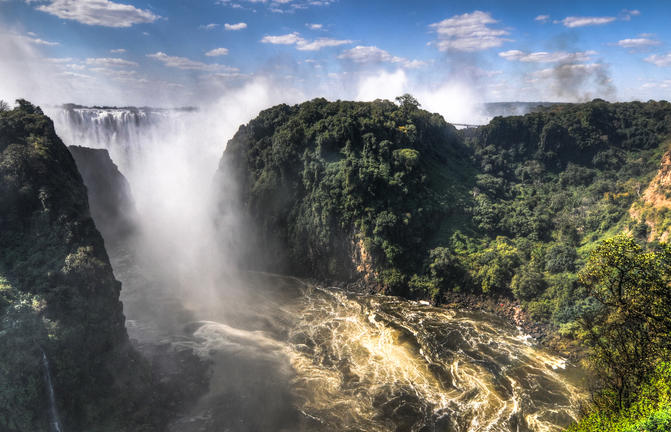


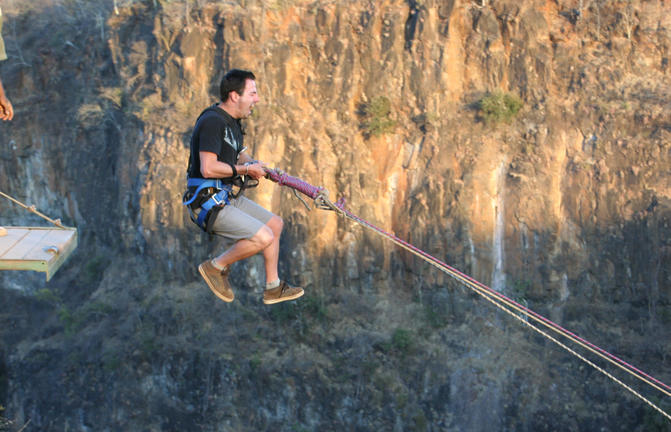
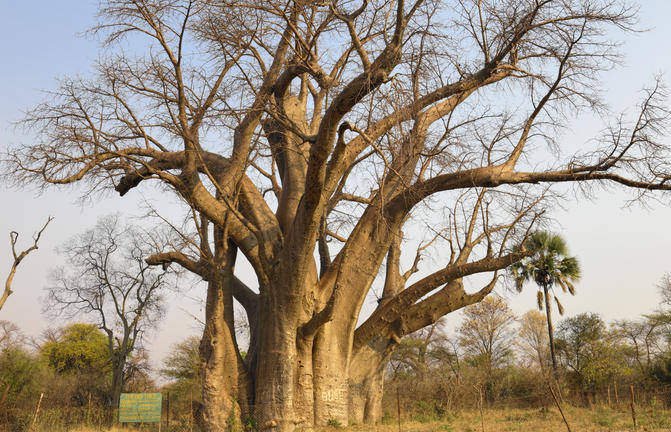

Resting in the magnificent Great Rift Valley and presided over by the majestic Mount Kilimanjaro, Kenya is characterised by hauntingly beautiful natural landscapes of forested hills, patchwork farms, wooded savanna and vast forests brimming with an extraordinary abundance of wildlife. The nation’s diverse range of traditional African cultures is influenced by over 70 unique ethnic groups from the Maasai, Samburu, Kikuyu, and Turkana tribes to the Arabs and Indians that settled on the coast. Add to this: an exquisite tropical coastline fringed with breathtaking golden sand beaches; gorgeous coral gardens providing excellent snorkeling and diving opportunities; and a slew of lively beach resorts, and it is easy to see why so many visitors flock here from around the world to experience a truly unique African adventure in one of the world’s most pristine safari destinations.









The Olare Motorogi Conservancy is an 85 square kilometre expanse of prime private wilderness in southwest Kenya; part of the Maasai Mara-Serengeti ecosystem and wildlife dispersal zone. The conservancy lies immediately to the northwest of the main Maasai Mara Reserve. Tourism is limited to a maximum of 94 beds which maximizes the client's wilderness experience and minimizes the environmental impact of tourism. Open hills provide a habitat for a diverse range of grazers, including giraffes, zebras, hartebeests, and warthogs. These herds attract large numbers of predators, including lions, cheetahs, hyenas, and jackals. In between the hills run a number of small seasonal streams, fringed by stretches of forest which are home to a broader range of species including baboons, elephants, buffaloes, hippos, and leopards.




